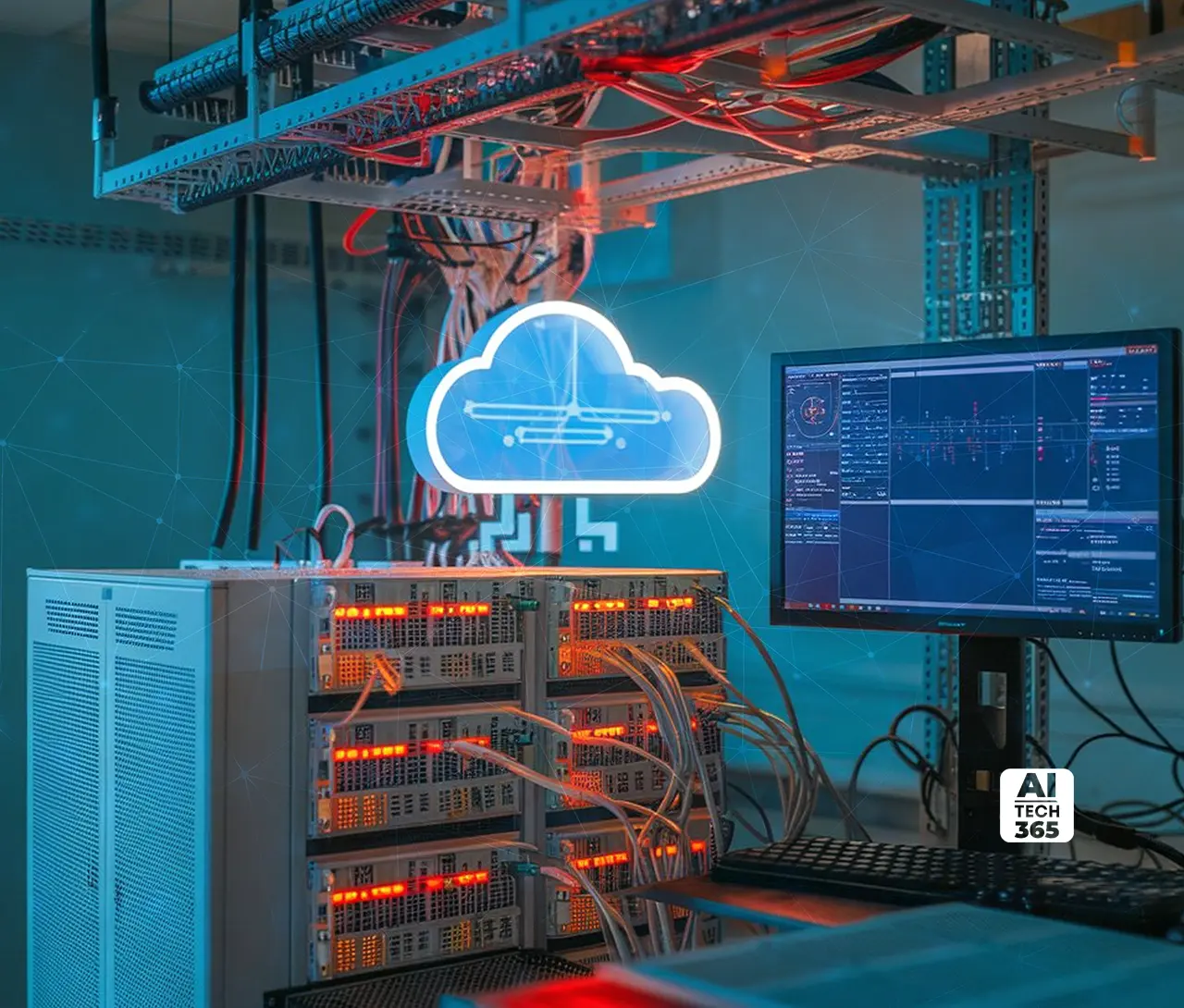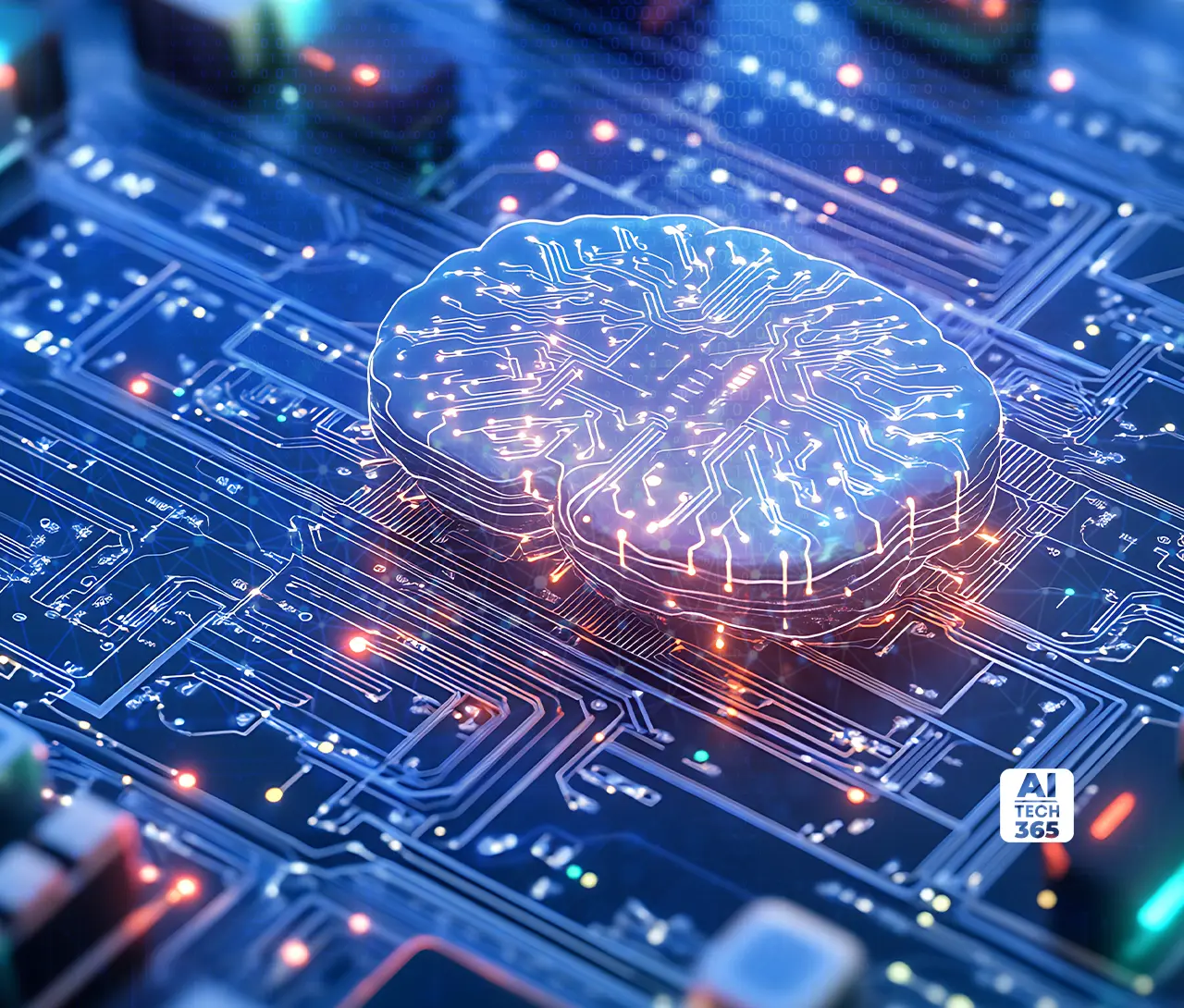Most enterprises began their AI journey by experimenting in silos, building small ML projects that never scaled beyond prototypes. The problem isn’t ambition, it’s architecture. Traditional IT systems were never built to handle the data intensity, compute demands, and continuous learning cycles of modern generative AI. That’s where Google’s AI Stack steps in. It’s a complete ecosystem, from hardware to MLOps, engineered for speed, security, and real-world scalability. The same stack that powers products like Search and Ads is also transforming how enterprises innovate on Google Cloud. This article breaks it down into three layers that define its power: The Infrastructure Backbone that fuels massive compute, the Core Intelligence that drives the models, and the Enterprise Engine that brings it all to life through Vertex AI. Together, they form the foundation of how Google turns AI into sustainable enterprise advantage.
Layer 1 – The Infrastructure Backbone
Let’s be honest. Most companies talk about AI as if stacking GPUs is innovation. It isn’t. The real edge begins under the hood, where Google’s AI Stack is built on an infrastructure tuned for speed, cost, and sheer muscle. At its core are Tensor Processing Units, Google’s custom-built chips made purely for machine learning. They don’t just crunch data; they speak the same language as the software they run, creating an end-to-end loop of efficiency that generic hardware can’t match.
Now, layer that with Google’s AI Hypercomputer architecture, a unified network of TPUs, GPUs, and high-speed interconnects designed to train massive models without breaking stride. This setup doesn’t just scale; it performs. At Google Cloud Next 2025, the company unveiled upgrades across this Hypercomputer stack, proving how tightly engineered hardware can drive enterprise-level workloads at record pace.
And here’s where the competition matters. NVIDIA’s 2025 CEO letter revealed that its new Blackwell Ultra GPUs deliver 50 times the performance of the previous generation, signaling how hardware innovation is rewriting the rules of AI efficiency. Put simply, the foundation of modern AI isn’t abstract, it’s physical, precise, and purpose-built. That’s the quiet strength behind every breakthrough Google ships and every model enterprise deploy.
Layer 2 – The Core Intelligence (Foundation Models and Gemini)
If the infrastructure is the muscle, Gemini is the brain. It forms the intelligence layer of Google’s AI Stack, built to understand, reason, and create instead of just process data. The Gemini family has four members: Ultra, Pro, Flash, and Nano. Each model is responsible for a different performance tier, ranging from massive cloud operations to small, on-device tasks. These models support multiple modes in principle and can thus process text, code, audio, images, and video simultaneously. This capacity allows the AI to merge concepts rather than consider them as independent inputs.
Gemini Pro can process up to one million tokens in a single session. This allows it to follow long conversations or analyze complex documents without losing track. The result is sharper reasoning and stronger continuity, helping developers build tools that think ahead rather than just react.
But Gemini is only part of the story. Google’s Model Garden adds a layer of flexibility with open-source, first-party, and partner models. Imagen focuses on generating visuals from text, while Code Assist helps developers write cleaner, faster code. These and other models connect through Vertex AI, creating a unified environment where experimentation and deployment move smoothly from one stage to the next.
The outcome is a full intelligence ecosystem that keeps improving over time. It learns faster, adapts better, and turns enterprise data into a living, working advantage.
Also Read: How to Build an AI-Driven Personalization Engine?
Layer 3 – The Enterprise Engine (Vertex AI and MLOps)
For most enterprises, the hardest part of AI isn’t building a model, it’s making it work at scale. That’s where Vertex AI becomes the control center of the Google AI Stack. It’s a single managed platform that brings data science, machine learning, and operations under one roof. Instead of teams juggling scattered tools, Vertex AI offers a unified Workbench where experimentation, deployment, and monitoring live side by side. The Model Registry adds structure by tracking versions, lineage, and governance, while Experiments helps teams measure performance and progress without losing traceability.
This unified setup matters because AI without control quickly turns chaotic. With Vertex AI, enterprises get visibility into every stage of the workflow. Teams can test ideas, push them to production, and keep models accountable. That balance of speed and structure is what separates a pilot project from a business advantage.
Beyond the platform, Google’s MLOps suite handles the plumbing that turns prototypes into working systems. Pipelines automate repetitive steps, the Feature Store ensures data consistency, and Model Monitoring keeps performance in check after deployment. Security and compliance are built in, covering data residency, access management, and governance so companies can move fast without risking exposure.
The business case is clear. According to Accenture’s recent research, 97 percent of executives believe generative AI will transform their companies and industries, while 93 percent report that their AI investments already outperform other strategic bets. That belief isn’t theoretical anymore; it’s operational. Vertex AI shortens the distance between concept and impact, helping leaders turn AI from an experiment into a measurable return.
In simple terms, this is where strategy meets execution. The models may be the brain, but Vertex AI is the nervous system in coordinating, learning, and improving with every cycle until innovation becomes routine.
Innovation in Practice that Drives Strategic Impact
The real test of any AI system isn’t in the specs, it’s in what it delivers. Google’s AI Stack isn’t just a showcase of engineering muscle, it’s the operating backbone behind some of the world’s most used products. Take Google Search, where AI Overviews blend accuracy with speed, grounding every response in verified sources to build trust. Or Google Ads, where machine learning now automates campaign optimization, adjusts bidding strategies in real time, and even generates ad creatives that adapt to audience behavior. This is AI not as a feature, but as a function woven deep into how Google itself operates.
That same playbook is now driving enterprise transformation. With the Gemini 2.5 Computer Use model integrated through Vertex AI Agent Builder, organizations are creating generative AI agents that handle multi-step processes once reserved for human specialists. Think of a customer support bot that doesn’t just respond, but retrieves data, updates systems, and closes tickets autonomously. In back-office workflows, these agents are cutting manual workloads and unlocking hours of productive time daily.
Across industries, Google’s domain-specific tools turn data into decisions. In finance and insurance, Document AI simplifies compliance-heavy data extraction with near-human accuracy. In manufacturing, Vision AI catches defects early, reducing waste and tightening quality control loops.
The outcomes aren’t abstract. PwC’s 2025 Global AI Jobs Barometer reported that AI adoption has led to a four-fold increase in productivity growth and a 56 percent wage premium, with job creation still rising even in roles once considered automatable.
It’s proof that AI isn’t erasing work; it’s redefining it. Every layer of the Google AI Stack, from Gemini to Vertex to the tools on top, is designed for one purpose: to make intelligence usable, scalable, and profitable in the real world.
The Future of Enterprise AI Strategy
Google’s AI Stack is more than a collection of tools, it’s a connected ecosystem built to scale intelligence across every layer of business. Essentially, it really does wipe the whole confusion off the map that hinders new technology to be brought to the market. Google Cloud in its 2025 projection has already declared that AI has become multimodal and agentic driving up the breakthrough innovations in the entire industry. The real benefit of getting top management is going to be from integrating the complete stack tightly into the company’s operations and thus, changing the nature of AI from a trial project into an ongoing source of strength in the competition.


